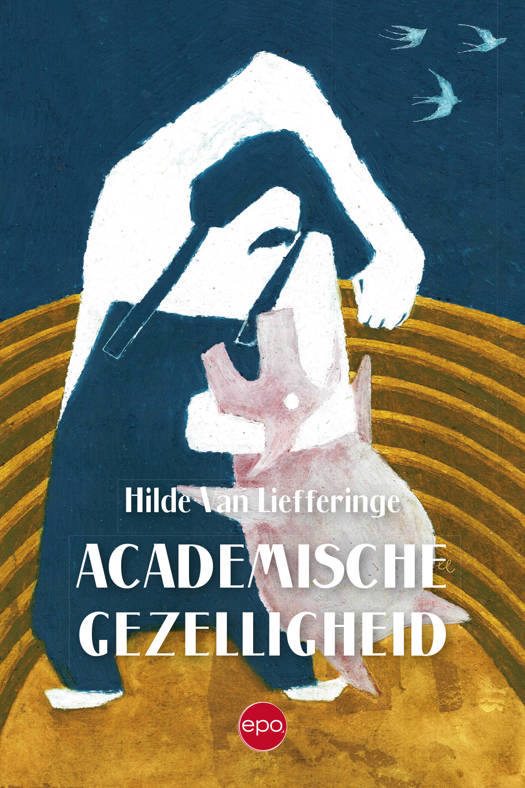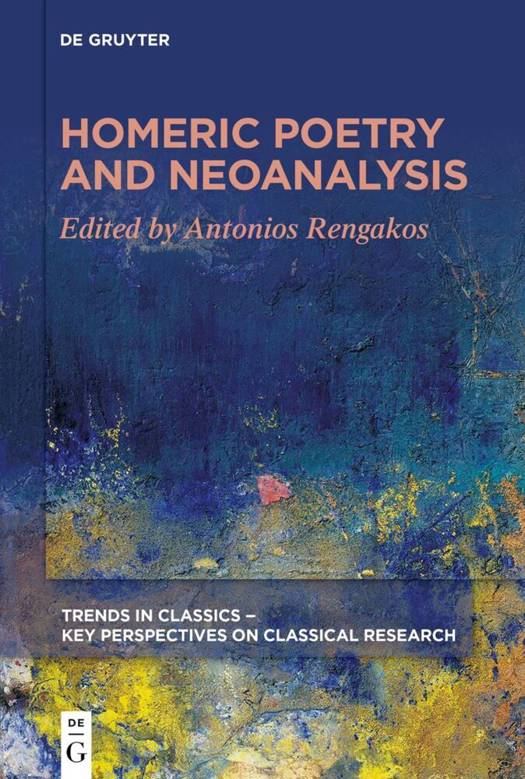
- Afhalen na 1 uur in een winkel met voorraad
- Gratis thuislevering in België vanaf € 30
- Ruim aanbod met 7 miljoen producten
- Afhalen na 1 uur in een winkel met voorraad
- Gratis thuislevering in België vanaf € 30
- Ruim aanbod met 7 miljoen producten
Zoeken
Omschrijving
Neoanalysis has established itself as one of the two leading schools of interpretation in Homeric studies (together with the theory of Oral Poetry) since its introduction by J.T. Kakridis and its subsequent development by H. Pestalozzi, W. Schadewaldt and W. Kullmann. Long considered as a mainly German or at most a European theory, Neoanalysis has been combined in recent studies (M.W. Edwards, R. Janko, M. Finkelberg, J. Burgess, B. Currie, Chr. Tsagalis) with the theory of Oral Poetry, dominant chiefly in Anglo-American scholarship. This rapprochement paves the way for what seems to be a historical compromise between the two theories. The book traces the history of the neoanalytical theory from its first beginnings in the 1940's and 1950's until its recent transformation into an "Oral Neoanalysis" and offers a critical reappraisal of some of the theory's basic features.
Specificaties
Betrokkenen
- Auteur(s):
- Uitgeverij:
Inhoud
- Aantal bladzijden:
- 200
- Taal:
- Engels
- Reeks:
Eigenschappen
- Productcode (EAN):
- 9783110664980
- Verschijningsdatum:
- 14/04/2024
- Uitvoering:
- Paperback
- Formaat:
- Trade paperback (VS)
- Afmetingen:
- 155 mm x 230 mm

Alleen bij Standaard Boekhandel
+ 60 punten op je klantenkaart van Standaard Boekhandel
Beoordelingen
We publiceren alleen reviews die voldoen aan de voorwaarden voor reviews. Bekijk onze voorwaarden voor reviews.











